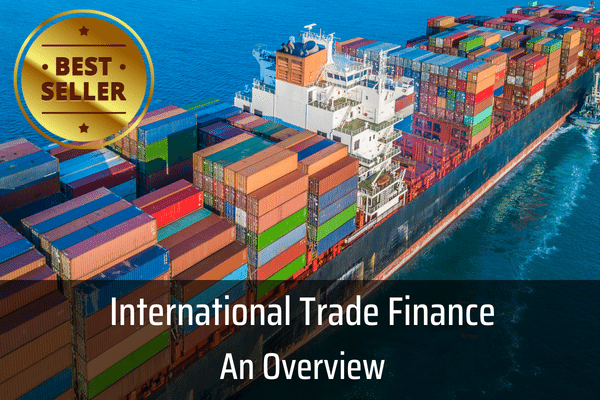There are no items in your cart
Add More
Add More
| Item Details | Price | ||
|---|---|---|---|
In recent years, global trade has seen a significant shift toward nearshoring and friendshoring as businesses and governments adapt to evolving geopolitical, economic, and environmental pressures. These strategies are redefining how supply chains operate, emphasizing resilience and reliability over cost efficiency. Here’s a closer look at their emergence, benefits, and challenges.
Nearshoring involves relocating supply chain operations closer to a company’s home market or primary consumer base. This reduces transit times and ensures better control over logistics.
Friendshoring refers to moving supply chain operations to politically allied or economically stable countries to minimize risks associated with geopolitical tensions or trade disruptions

Sectors such as technology, automotive, and healthcare have been early adopters of these strategies. For instance, semiconductor manufacturing has seen a significant shift toward allied nations due to its critical role in technology and geopolitical sensitivities.
As nearshoring and friendshoring gain traction, global trade networks are becoming more regionalized and politically aligned. While these trends promise greater resilience and sustainability, companies must balance the higher costs and potential risks associated with these strategies.
The evolution of supply chains reflects the changing priorities of the modern trade landscape: a focus on agility, sustainability, and geopolitics over purely cost-driven decisions.
WANT TO READ MORE?
Already signed up/ logged in? Then you are all set!

Easy Explanation of International Trade Payment Methods like LC, Collections, BG etc and Incoterms 2020

Types & Uses in International Trade | URDG 758 & ISP 98 - Main Points | Clauses & Examples | Related SWIFT Messages

Jump start your Trade Finance career with this 4-in-1 course package - Trade Finance Overview, Letter of Credit, Bank Guarantees and Incoterms® 2020